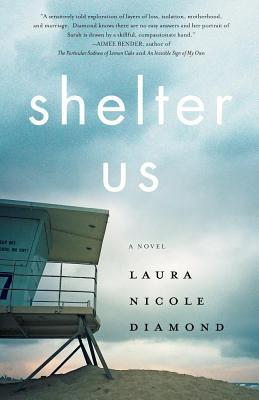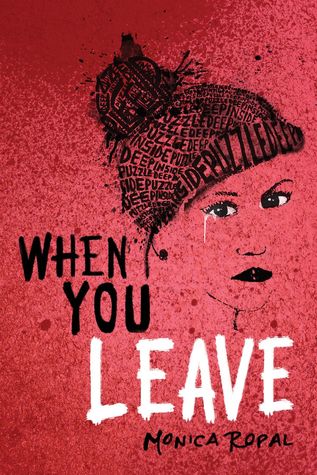
When I started writing my own series of novels, The Redemption of Erâth, I chose the title for a specific reason. The word ‘Erâth’ refers to both the world in which the story is set, and the main character, Brandyé Dui-Erâth. The ‘redemption’ is of both the world and the man. But as I continue to write (well into the third novel now), I’ve come to realize that the story is not necessarily about Brandyé, or even the world of Erâth. Other characters have reared their head, resurfaced after dozens of chapters of absence, and proclaimed: “This story is about me, too!”.
There are many notable examples of stories that started out about one thing, and became eventually about something else entirely. Perhaps the most famous example I can think of is Star Wars. When A New Hope was released in 1977, it told a wonderful, swashbuckling tale of underdog adventurers in a dangerous galaxy ruled by a tyrannical empire. Of course, we didn’t really see much of the empire, so to speak: the only planets that serve as settings aren’t part of the empire itself, and the entirety of the totalitarian regime is reduced to a single battle station. The story was essentially about Luke Skywalker.
This theme progressed through The Empire Strikes Back and The Return of the Jedi, with character progression for not just Luke but Leia and Han serving as the primary driving device behind the stories. Yes, we learned more about Darth Vader, including the shocking revelation of The Empire Strikes Back, but ultimately the story was of how Luke Skywalker defeats the empire.
Except it wasn’t about that at all. Enter the prequels (for all their dubious quality), and the story is suddenly about something else entirely: it’s about Anakin’s rise from childhood to become the most powerful Jedi the galaxy has ever known, his fall from grace, and his eventual redemption. Think about it for a second: it isn’t Luke that eventually defeats the Emperor—it’s Anakin.
Another example of a story that took on a different life is the Chronicles of Narnia. When I first read The Lion, The Witch and the Wardrobe as a child, it was a perfectly sound fantasy about a group of children entering a make-believe world. It stood on its own. But come the sequels (and prequel), it becomes truthfully about Aslan, and the rise and downfall of Narnia. C.S. Lewis didn’t dispute the allegorical significance of his tales, in which Aslan symbolizes Jesus Christ. In a way, the remaining cast are no more than disciples.
The question that remains in my mind when I read such stories is, how much of the hidden story—the true story—was intentional from the outset, and how much developed as the writer found their way?

.png)


.png)
.png)

















